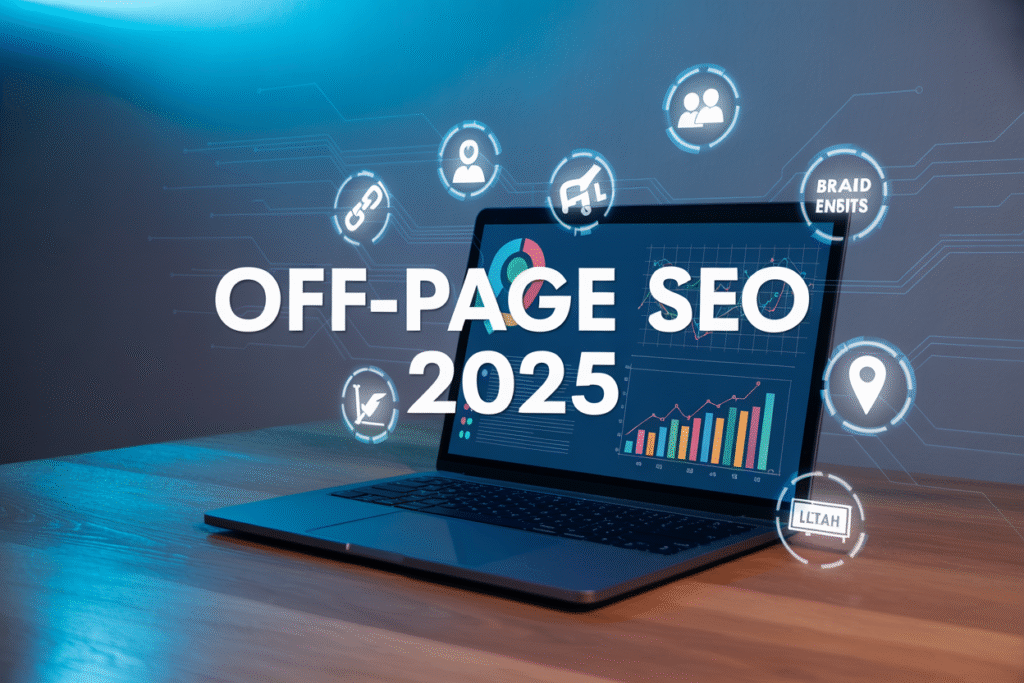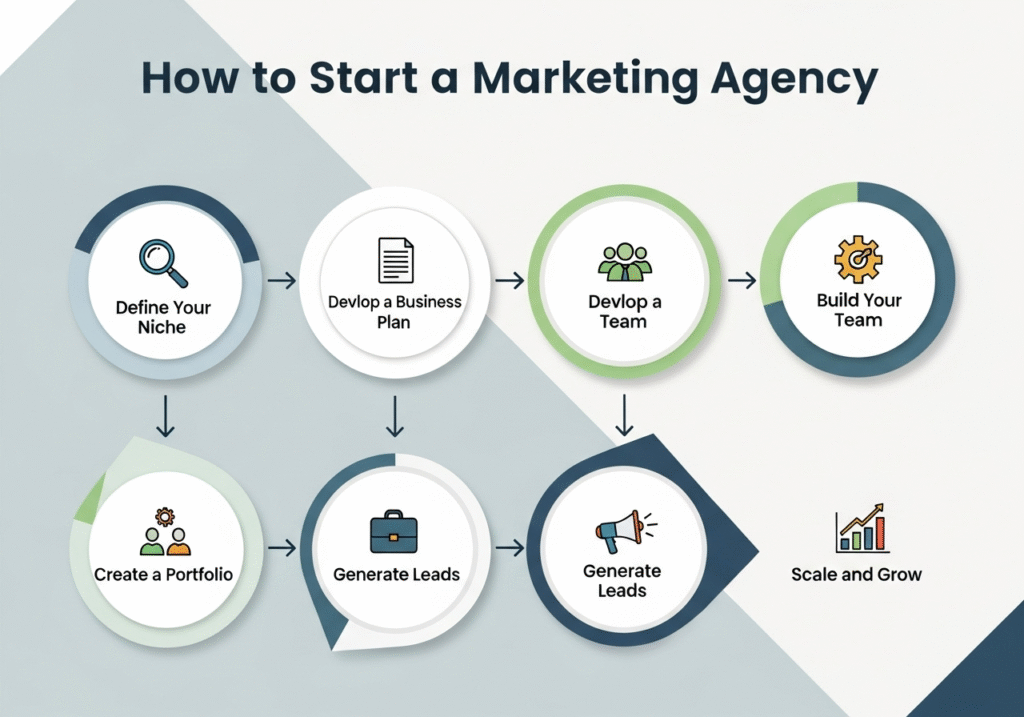Google’s algorithm keeps evolving, and traditional off-page SEO tactics just won’t cut it anymore. This guide reveals cutting-edge off-page SEO tricks that work right now to skyrocket your website’s authority and search rankings.
Who this is for: SEO professionals, digital marketers, and business owners who want to stay ahead of the competition with proven strategies that deliver real results in 2025.
You’ll discover advanced link building strategies that go way beyond basic guest posting, plus how to leverage social media signals to boost your search engine rankings. We’ll also dive into brand mention optimization techniques that turn every online mention into a ranking opportunity, helping you build the kind of website authority that Google actually rewards.
Ready to leave your competitors wondering how you climbed past them? Let’s get started.
Advanced Link Building Strategies for Maximum Authority
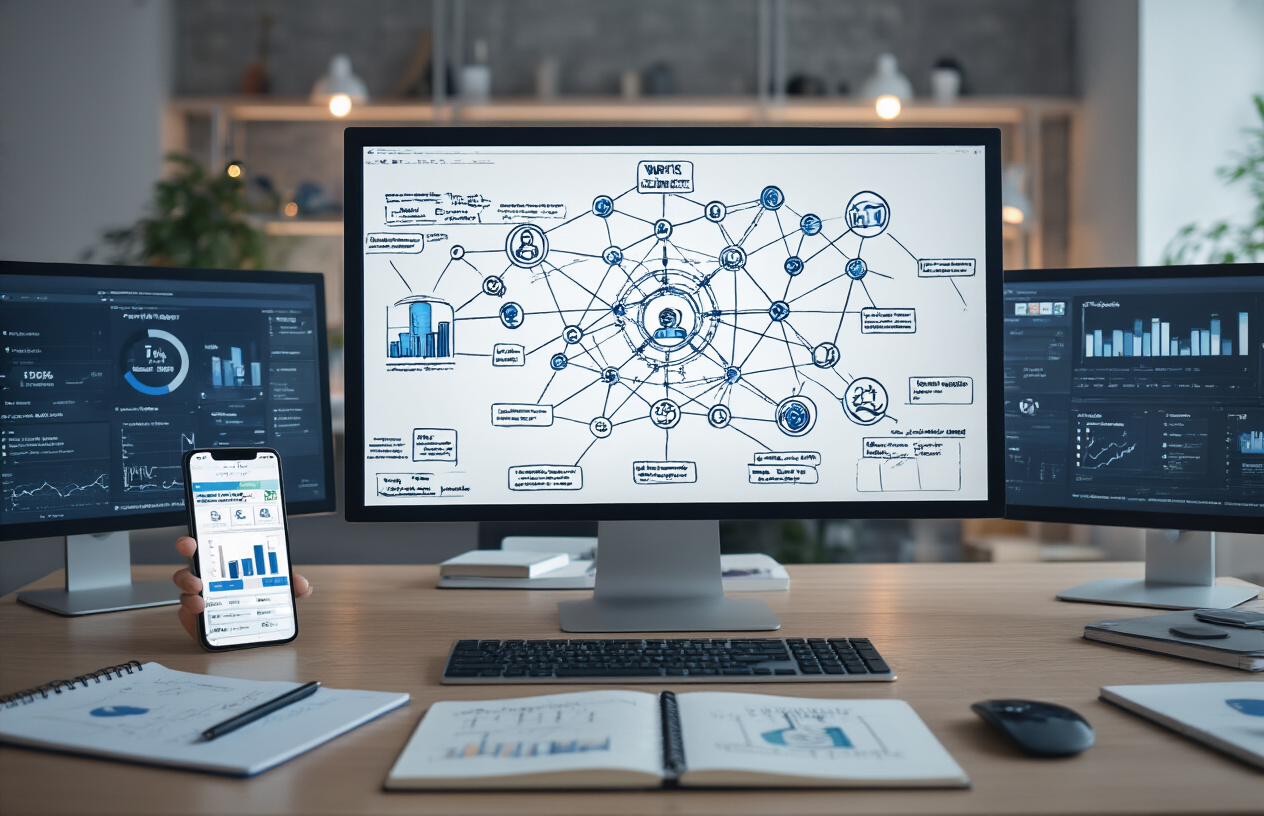
Leverage AI-Powered Prospect Research Tools
Finding the right websites for link building just got a massive upgrade. AI-powered tools like Pitchbox, OutreachPlus, and Hunter.io are transforming how we discover link opportunities. These platforms analyze millions of data points to identify websites that are most likely to link back to your content.
The real game-changer is predictive analysis. These tools examine past linking patterns, content preferences, and engagement rates to score potential prospects. Instead of reaching out to 100 random sites, you can now focus on the 20 that have an 80% higher chance of saying yes.
Smart prospecting also includes competitor backlink mining with AI assistance. Tools like Ahrefs and SEMrush now use machine learning to identify gaps in your backlink profile compared to competitors. They’ll show you exactly which sites linked to your competition but haven’t discovered your content yet.
Create Interactive Content That Naturally Attracts Backlinks
Static blog posts are losing the link-building race to interactive experiences. Calculators, quizzes, interactive infographics, and assessment tools are link magnets because they provide unique value that people want to reference and share.
Consider creating industry-specific calculators like ROI estimators, cost comparison tools, or scoring assessments. A mortgage calculator on a real estate site or a carbon footprint calculator for an environmental blog naturally attracts links from related websites and industry publications.
Interactive data visualizations perform exceptionally well for backlink acquisition. When you present complex industry data through engaging charts, maps, or timelines, journalists and bloggers frequently reference these resources in their articles. The key is making data digestible and shareable while maintaining accuracy and credibility.
Execute Strategic Broken Link Building at Scale
Broken link building remains one of the most effective link building strategies, but scaling it requires a systematic approach. Start by using tools like Check My Links or Broken Link Checker to identify broken external links on high-authority sites in your niche.
The secret sauce is creating replacement content before you reach out. When you find a broken link to a resource about “social media marketing tips,” don’t just email suggesting they link to your homepage. Create a comprehensive guide specifically designed to replace that broken resource, then present it as the perfect substitute.
Focus on resource pages, industry directories, and educational institution websites. These sites typically have multiple broken links and webmasters who actively maintain their content quality. A single successful outreach to a university resource page can result in a high-authority backlink that significantly boosts your domain authority.
Build Relationships Through Expert Roundups and Collaborative Content
Expert roundups create win-win scenarios that naturally generate multiple high-quality backlinks. When you interview 10-15 industry experts for a single piece of content, each participant becomes invested in sharing and linking to the final result.
The approach that works best involves asking specific, thought-provoking questions rather than generic ones. Instead of “What’s your top marketing tip?” ask “What’s the biggest marketing mistake you see businesses making in 2025, and how can they fix it?” Specific questions lead to more valuable responses and higher engagement.
Collaborative content extends beyond roundups into co-created resources like industry reports, research studies, and joint webinars. When multiple companies contribute data or expertise to a single resource, each participant has a vested interest in promoting it through their own channels and websites, creating natural backlink opportunities that search engines view as genuine endorsements of your content quality and industry authority.
Social Media Signals That Drive Search Engine Rankings

Optimize Social Profiles for Search Visibility
Your social media profiles act as mini websites that search engines crawl and index. Google often displays social profiles in search results, making optimization essential for your overall off-page SEO strategy.
Start by ensuring your profile usernames match your brand name across all platforms. This consistency helps search engines connect your various online properties. Fill out every section of your profiles completely – bio descriptions, contact information, website links, and location data all contribute to your search visibility.
Craft compelling bio descriptions that naturally incorporate your primary keywords. For LinkedIn, use the headline section strategically by including terms your target audience searches for. On Twitter, your bio should clearly communicate what you do while being keyword-conscious.
Link back to your website from all social profiles using your branded domain. This creates valuable signals that help search engines understand your site’s authority and relevance.
Generate High-Engagement Content That Amplifies Reach
Social engagement metrics directly influence your seo ranking tips by creating signals that search engines interpret as quality indicators. High-engagement content gets shared more frequently, generating natural backlinks and expanding your digital footprint.
Focus on creating shareable content formats that encourage interaction:
- Visual content: Infographics, carousel posts, and videos typically receive 3x more engagement than text-only posts
- User-generated content: Encourage customers to share experiences with your brand using branded hashtags
- Interactive polls and questions: These drive comments and shares, boosting your engagement rates
- Behind-the-scenes content: Authentic glimpses into your business build stronger connections
Time your posts when your audience is most active. Use analytics tools to identify peak engagement hours for each platform. Cross-promote content across multiple channels to maximize reach and create multiple touchpoints with your audience.
Build Strategic Partnerships with Industry Influencers
Influencer partnerships represent one of the most powerful cutting-edge off-page seo tricks available today. These collaborations create high-quality backlinks, increase brand mentions, and expand your content reach to new audiences.
Identify micro-influencers in your niche who have engaged audiences rather than just large follower counts. Micro-influencers often have better engagement rates and more authentic relationships with their followers.
Create partnership strategies that benefit both parties:
| Partnership Type | Benefits | Implementation |
|---|---|---|
| Guest Content Exchange | Mutual backlinks, audience sharing | Swap blog posts, social takeovers |
| Co-created Content | Shared production costs, combined reach | Joint webinars, collaborative guides |
| Product Collaborations | Authentic endorsements, user-generated content | Product reviews, unboxing videos |
Track partnership results by monitoring referral traffic, new backlinks, and brand mention increases. Successful influencer relationships often lead to ongoing collaborations that compound your website authority over time.
Build genuine relationships rather than transactional exchanges. Engage with influencers’ content regularly, share their posts, and provide value before asking for anything in return. This approach creates stronger partnerships that produce better long-term seo optimization results.
Brand Mention Optimization for Enhanced Online Presence
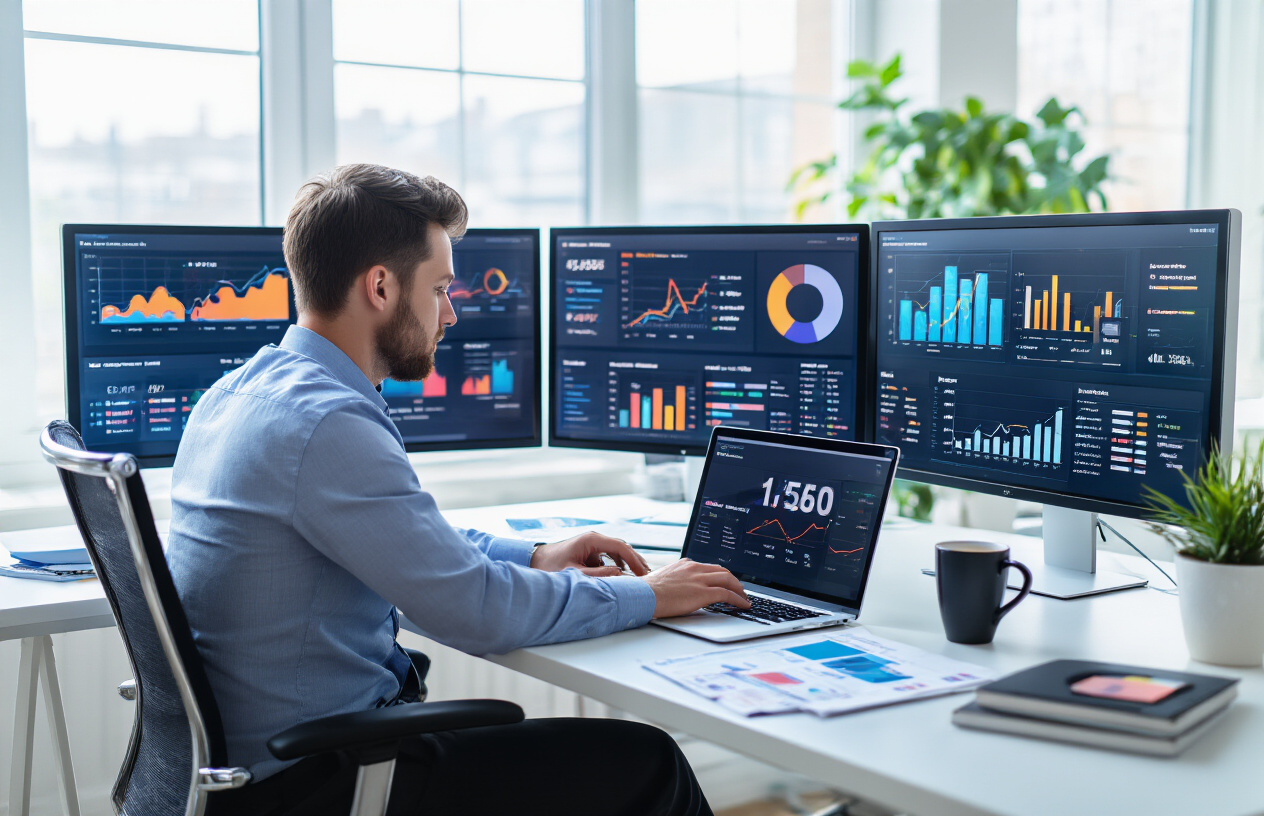
Monitor and Convert Unlinked Brand Mentions
Finding and converting unlinked brand mentions represents one of the most underutilized off-page SEO tricks available today. Your brand gets mentioned across the web daily without you knowing it, and these mentions carry significant authority potential when converted into actual backlinks.
Start by setting up Google Alerts for your brand name, product names, and key personnel. Tools like Brand24, Mention, or Ahrefs’ Content Explorer provide more comprehensive monitoring capabilities. When you discover unlinked mentions, craft personalized outreach emails thanking the author for the mention and politely requesting they add a link to your website.
The conversion rate for these requests typically ranges between 15-30% because the author has already shown interest in your brand. Focus on high-authority sites first, as these backlink techniques deliver maximum ranking impact. Create a spreadsheet tracking mention source, domain authority, outreach date, and conversion status to optimize your approach.
Establish Thought Leadership Through Expert Commentary
Position yourself as an industry expert by actively providing commentary on trending topics within your niche. This cutting-edge off-page SEO trick builds natural brand mentions while establishing your authority across multiple platforms.
Monitor industry news through Google News alerts, Twitter trends, and industry publications. When breaking news occurs, quickly draft expert opinions and distribute them through press releases, social media, and direct outreach to journalists. Speed matters – being among the first experts to comment significantly increases your chances of being quoted.
Create a media kit including your bio, high-resolution headshots, and previous media appearances. Journalists often work under tight deadlines and appreciate having ready-to-use materials. Build relationships with reporters covering your industry by engaging with their content and offering valuable insights even when not seeking coverage.
Create Newsworthy Content That Generates Natural Mentions
Developing content that naturally attracts mentions requires understanding what makes stories shareworthy. Original research, industry surveys, and data-driven insights consistently generate the most organic brand mentions and website authority growth.
Conduct original studies using tools like SurveyMonkey or Typeform to gather industry data. Package findings into compelling reports with eye-catching visualizations using Canva or similar tools. Controversial takes on industry standards, predictions for upcoming trends, and behind-the-scenes stories also drive significant mention activity.
Time your releases strategically around industry events, seasonal trends, or news cycles. Create multiple formats from single research projects – infographics for social sharing, detailed reports for industry publications, and bite-sized statistics for quick social media posts. This multiplies your mention opportunities across different audience segments.
Leverage HARO and Expert Source Platforms
Help a Reporter Out (HARO) and similar platforms connect you directly with journalists seeking expert sources. This represents one of the most effective seo ranking tips for earning high-authority mentions from major publications.
Sign up for HARO, SourceBottle, ProfNet, and Expert Institute to receive daily queries from journalists. Respond quickly with concise, quotable answers that directly address the journalist’s question. Include relevant credentials and offer additional insights beyond what’s requested.
Create template responses for common industry questions while personalizing each pitch. Track your success rate and identify which types of queries generate the best results. Many HARO responses lead to ongoing relationships with journalists who regularly quote you in future articles, creating a sustainable source of google ranking factors improvement through consistent expert positioning.
Technical Off-Page SEO Factors That Boost Performance
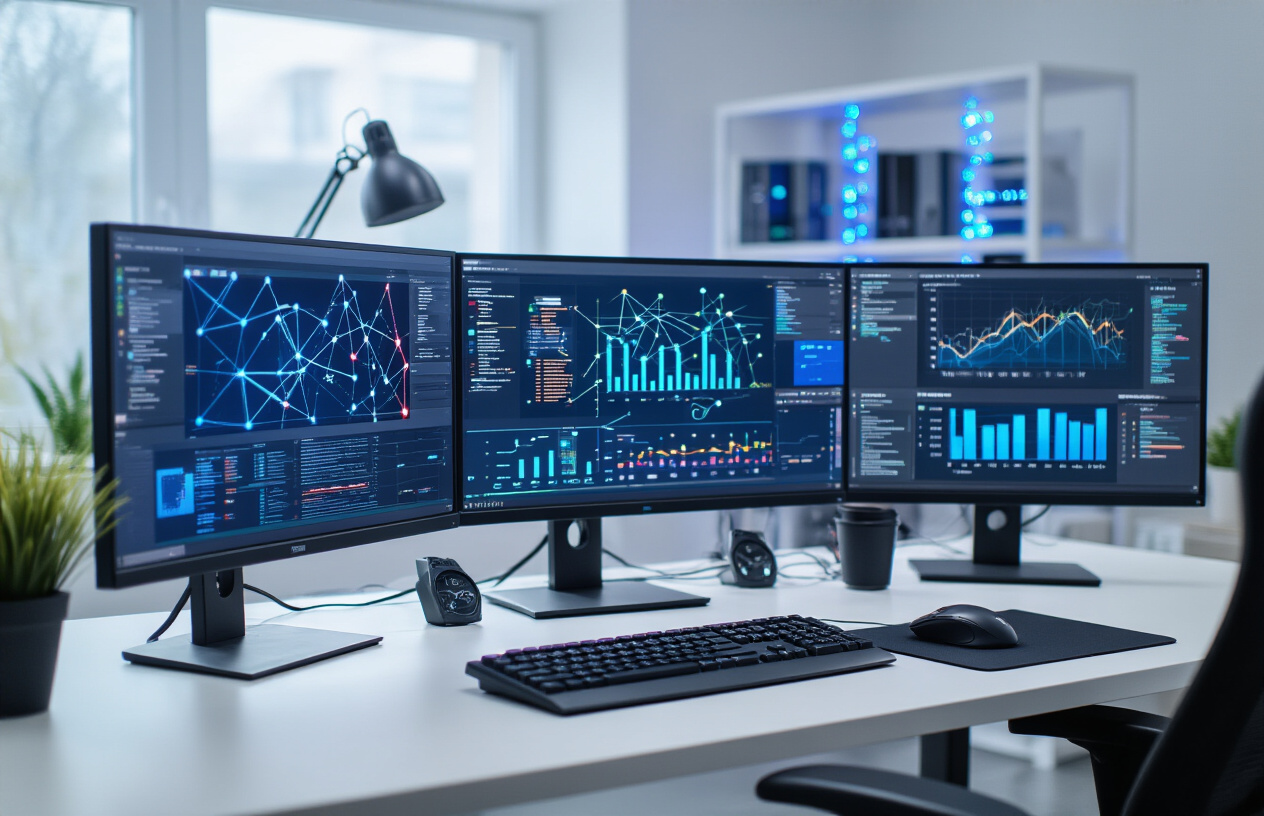
Optimize Core Web Vitals Through External Resources
Your website’s Core Web Vitals play a massive role in how search engines evaluate your off-page SEO performance. When external sites link to your content, their loading speed and user experience directly impact how Google perceives your domain authority. Smart webmasters are now auditing their backlink sources to ensure they’re getting links from sites with stellar Core Web Vitals scores.
Start by analyzing the loading performance of websites that link to you. Tools like PageSpeed Insights can help you identify which referring domains might be hurting your overall SEO profile. If you discover backlinks from slow-loading sites, consider reaching out to these webmasters with optimization suggestions or redirect those link-building efforts toward faster domains.
External resource optimization also means being strategic about how you implement third-party scripts and widgets on partner sites. When other websites embed your content, make sure it loads quickly and doesn’t drag down their page speed. This approach creates a win-win situation where both sites benefit from improved user experience metrics.
Consider using advanced techniques like preconnect and prefetch directives for external resources. When you’re guest posting or participating in content partnerships, ensure your contributed elements are optimized for minimal impact on the host site’s performance metrics.
Implement Strategic Schema Markup for Rich Snippets
Schema markup has evolved into one of the most powerful off-page SEO tricks available in 2025. While most people think of schema as an on-page element, smart SEO professionals are leveraging it across external platforms to boost their website’s visibility in search results.
When you’re building backlinks through guest posts, press releases, or business listings, include relevant schema markup that connects back to your main site. This creates a network of structured data that helps search engines better understand your brand’s relationship with various online properties.
Focus on implementing Organization schema across all your external profiles, ensuring consistent NAP (Name, Address, Phone) information. For e-commerce businesses, Product schema on partner sites and marketplaces can significantly improve your chances of appearing in rich snippets and shopping results.
| Schema Type | Best Off-Page Applications | SEO Impact |
|---|---|---|
| Organization | Business directories, partner sites | Brand recognition boost |
| Article | Guest posts, press releases | Featured snippet opportunities |
| Review | Third-party review platforms | Star ratings in SERPs |
| Event | External event listings | Local search visibility |
Don’t overlook newer schema types like FAQPage and HowTo when contributing content to external sites. These structured data formats are showing increased prominence in search results and can drive substantial traffic back to your primary domain.
Manage DNS and CDN Configuration for Global Rankings
DNS and CDN management might seem technical, but they’re critical off-page SEO factors that many overlook. Your DNS configuration affects how quickly users worldwide can access your site, and this speed directly influences your international search rankings.
Choose DNS providers with global server networks to reduce lookup times across different geographical regions. Services like Cloudflare or Route 53 offer enterprise-level DNS management that can shave precious milliseconds off your site’s response time, which Google’s algorithms notice and reward.
CDN configuration goes beyond just serving static content faster. Modern CDN services offer advanced features like edge computing and dynamic content optimization that can boost your site’s performance in international markets. This improved global accessibility signals to search engines that your site provides value to users worldwide.
Pay special attention to your CDN’s points of presence (PoPs) in your target markets. If you’re trying to rank in European search results, ensure your CDN has strong coverage in major European cities. The same principle applies to any international SEO strategy.
Geographic DNS routing allows you to serve different content or direct users to region-specific servers based on their location. This technique can dramatically improve user experience for international visitors, leading to better engagement metrics that boost your global search rankings.
Monitor your DNS propagation times regularly, especially after making changes to your domain configuration. Slow DNS propagation can temporarily hurt your rankings in certain regions, so timing these updates strategically is crucial for maintaining consistent search visibility.
Local SEO Domination Through Strategic Citations
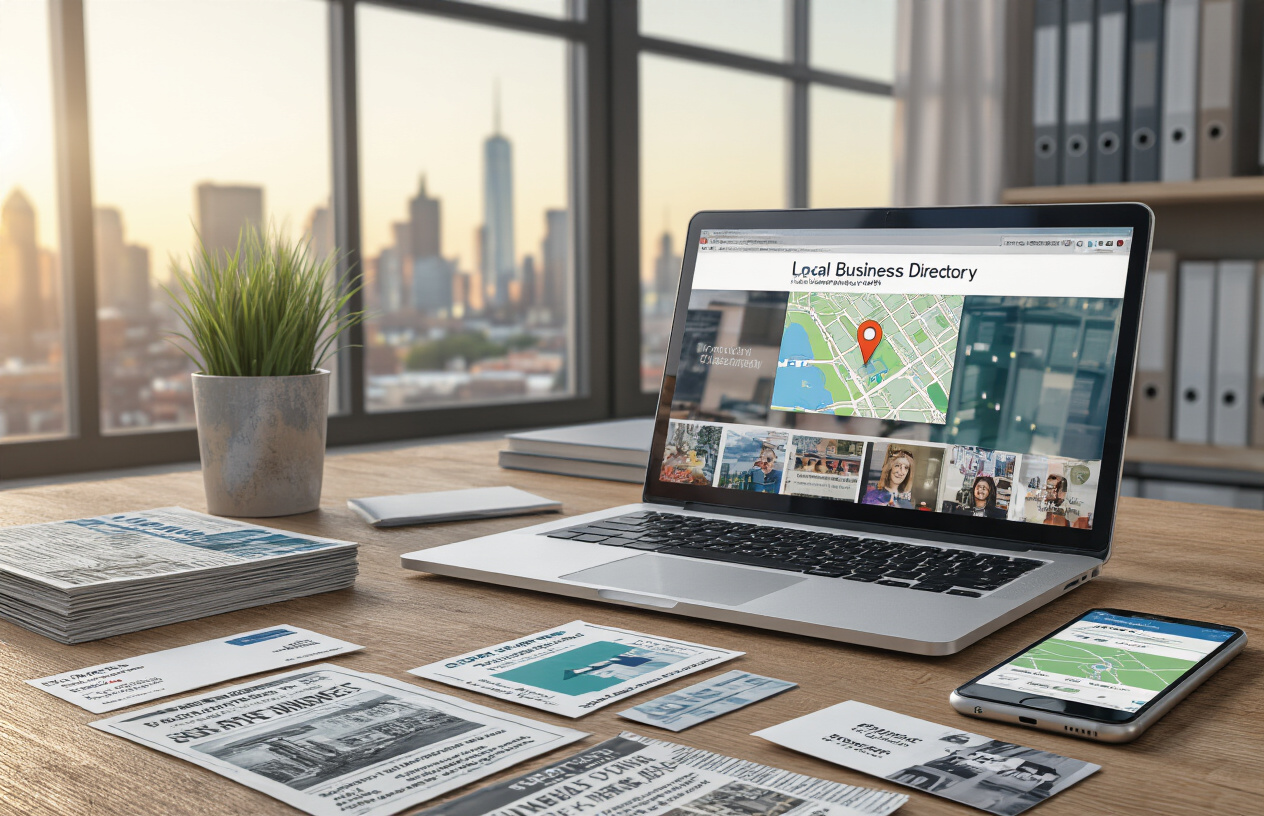
Build High-Authority Local Directory Listings
Getting your business featured on reputable local directories remains one of the most powerful off-page SEO tricks for 2025. The key lies in targeting platforms that pack serious domain authority punch while maintaining relevance to your industry.
Start with the heavy hitters like Yelp, Yellow Pages, and industry-specific directories that Google trusts. For restaurants, Zomato and OpenTable carry weight. For professional services, Avvo and Healthgrades dominate their niches. Each listing acts as a vote of confidence that search engines can’t ignore.
Quality beats quantity every time. Focus on directories with high domain authority scores (50+) rather than submitting to hundreds of low-value sites. Craft unique descriptions for each platform instead of copy-pasting generic content. This approach signals authenticity to search algorithms.
Consider niche directories that your competitors might overlook. Local chamber of commerce websites, regional business associations, and city-specific platforms often provide excellent link juice with minimal competition.
Optimize Google Business Profile for Maximum Visibility
Your Google Business Profile serves as your digital storefront, and mastering its optimization can dramatically boost local search rankings. Complete every single field available – incomplete profiles get buried in search results.
Upload high-quality photos regularly, including behind-the-scenes shots, team members, and seasonal updates. Google rewards active profiles with better visibility. Add photos weekly to maintain momentum.
Post updates frequently using Google’s built-in posting feature. Share news, events, offers, and industry insights. These posts appear directly in search results and keep your listing fresh.
Choose your primary and secondary categories carefully. Research what successful competitors use and test different combinations to see what generates the most visibility. Sometimes broader categories perform better than ultra-specific ones.
Enable messaging to increase engagement signals. Quick response times to customer inquiries boost your profile’s performance in local search results.
Generate Authentic Customer Reviews at Scale
Building a steady stream of genuine reviews requires a systematic approach that doesn’t violate platform guidelines. Happy customers often forget to leave reviews, so gentle reminders work wonders.
Create a multi-touch review request sequence. Send the first request via email 2-3 days after service completion, followed by a text message reminder a week later. Time these requests when customers feel most satisfied with your service.
Make the review process effortless by providing direct links to your Google Business Profile, Yelp page, and other relevant platforms. The easier you make it, the higher your response rates.
Train your team to naturally mention reviews during positive customer interactions. A simple “If you’re happy with our service, we’d love a quick review online” works better than formal scripts.
Respond to every review, positive and negative. Your responses show future customers how you handle feedback and demonstrate active community engagement.
Create Location-Specific Landing Pages That Convert
Businesses serving multiple locations need dedicated pages for each area to capture local search traffic effectively. These pages shouldn’t be thin content duplicates but comprehensive resources for each location.
Include location-specific keywords naturally throughout your content. Instead of just “plumber,” use “plumber in downtown Chicago” or “emergency plumbing services near Lincoln Park.”
Add genuine local elements like nearby landmarks, local events, or community partnerships. This content helps establish local relevance beyond just inserting city names.
Feature customer testimonials and case studies from each specific area. Real stories from local customers build trust and provide unique content for each page.
Include driving directions, local phone numbers, and area-specific service offerings. Different locations might specialize in different services based on local demand.
Establish NAP Consistency Across All Platforms
Name, Address, and Phone number consistency sounds simple but trips up countless businesses. Even small variations confuse search engines and dilute your local SEO power.
Create a master document with your exact NAP format and stick to it everywhere. Use the same abbreviations (or lack thereof), punctuation, and formatting across all platforms.
Audit your current listings quarterly using tools like BrightLocal or Moz Local. Inconsistencies creep in over time as platforms update their systems or team members make changes without coordination.
Pay special attention to suite numbers, apartment designations, and phone number formats. “Suite 100” versus “Ste 100” might seem minor, but consistency matters for local ranking algorithms.
Monitor your listings for unauthorized changes. Some platforms allow users to suggest edits, which can introduce inconsistencies. Set up alerts when possible to catch these changes quickly.

The digital marketing landscape keeps evolving, and staying ahead means mastering these advanced off-page SEO techniques. From building high-quality backlinks through strategic partnerships to leveraging social media signals that search engines actually care about, each element works together to strengthen your website’s authority. Brand mentions without links still pack a punch, while technical factors like site speed and mobile optimization create the foundation that makes all your off-page efforts more effective.
Your local SEO game plan should focus on consistent citations across directories and platforms where your target audience actually hangs out. Start implementing these strategies one at a time rather than trying to tackle everything at once. Pick the approach that aligns best with your current resources and goals, then build momentum from there. The websites dominating search results in 2025 will be the ones that understood off-page SEO isn’t just about getting links – it’s about creating a comprehensive digital presence that search engines and users can’t ignore.
FAQs
What are cutting-edge off-page SEO tricks?
Cutting-edge off-page SEO tricks involve advanced strategies like contextual backlinks, digital PR, influencer outreach, and authority link building to boost visibility and domain authority.
Why is off-page SEO important for ranking?
Off-page SEO builds credibility and trust with search engines through backlinks, mentions, and social signals, helping your website rank higher on Google.
How do backlinks improve SEO performance?
High-quality backlinks from reputable websites act as endorsements, signaling to search engines that your content is valuable and trustworthy.
What are the most effective off-page SEO techniques in 2025?
The most effective 2025 off-page SEO techniques include HARO link building, guest posting, niche edits, digital PR, and brand collaboration campaigns.
How can I get backlinks without paying for them?
You can earn free backlinks by creating shareable content, writing guest posts, participating in expert roundups, and offering valuable insights to other websites in your niche.
What is the difference between on-page and off-page SEO?
On-page SEO deals with optimizing elements on your website, such as keywords and content, while off-page SEO focuses on external factors like backlinks and authority building.
How often should I update my off-page SEO strategy?
Your off-page SEO strategy should be reviewed every few months to adapt to new Google algorithm updates and shifting link-building trends.
Do social media links help with off-page SEO?
Yes, while social media links are usually nofollow, they help drive traffic, increase brand visibility, and indirectly support link-building efforts.
What makes a backlink high quality?
A high-quality backlink comes from a relevant, authoritative, and trusted website with strong traffic and contextual relevance to your niche.
Can off-page SEO alone improve rankings?
Off-page SEO is powerful but works best when combined with strong on-page optimization, technical SEO, and consistent high-quality content publishing.

